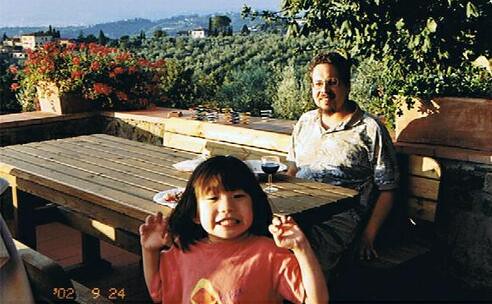🦋 Characters and Occupations
Here is the state of play â…“ of the way into Our Lady of the Dark Flowers, as the striking workers, having marched from Alto de San Antonio to Iquique,  settle into their quarters at the Escuela Santa MarÃa* to wait for the mining companies' response to their demands: settle into their quarters at the Escuela Santa MarÃa* to wait for the mining companies' response to their demands: The primary characters are four friends who work at San Lorenzo, the salitrera where the strike was initiated: Olegario Santana, a 56-year-old loner and a hard worker, a veteran of the War of the Pacific; Domingo DomÃnguez, a barretero, the most gregarious of the group; José Pintor, a widowed carretero who is virulently opposed to religion and religiosity; and Idilio Montañez, a young herramentero and a kite-builder. In Alto de San Antonio, these four meet up with Gregoria Becerra, an old neighbor of José Pintor's when he worked in San AgustÃn, and her two children, 12-year-old Juan de Dios and 16-year-old Liria MarÃa. Gregoria Becerra was recently widowed when her husband was killed in a mining blast, and there is some suggestion (as yet undeveloped) of a romantic connection between her and José Pintor. Idilio Montañez and Liria MarÃa fall deeply in love with one another during the march to Iquique (Chapter 4). Her mother initially disapproves** but by Chapter 6 she seems resigned to it and even warming to the young man.
The male characters' occupations are central to their identities; Dominguo DomÃnguez is often referenced as "the barretero" and likewise for Idilio Montañez and José Pintor. I think Olegario Santana has not yet been referred to by his occupation, except maybe as a calichero. Here are my understandings of some of these terms, I'm not sure how accurate they are:
- Barretero is a worker at the mine who digs trenches.
- Carretero is a mechanic who works on the carts used for hauling caliche, the nitrate ore.
- Herramentero is (at a guess) a blacksmith.
- Calichero is a mine-worker; I think it is a generic term covering anyone who works at the nitrate mines. There are several words derived from caliche that occur quite frequently in the text.
- Particular is one of the jobs in the nitrate fields; I think it might refer to someone who works with explosives.
- Derripiador is one of the jobs involved in processing nitrate ore.
- Patizorro is (I think) another term for particular.
- Perforista: another term for barretero.
Some of this stuff is pretty specific to nitrate mining in Chile, I'm not sure how it could be brought over cleanly into English. Album Desierto has a great glossary of salitrera terminology.
 *It is difficult reading (mostly in the present tense) about how excited the striking workers are, how happy and hopeful they are in the face of their hardships, when you know how the history is going to end up. **At one point Gregoria Becerra says her daughter "does not need any idilios"; Idilio Montañez' name means "love affair".
posted morning of Sunday, January second, 2011
➳ More posts about Our Lady of the Dark Flowers
➳ More posts about Hernán Rivera Letelier
➳ More posts about Readings
➳ More posts about Translation
➳ More posts about Writing Projects
➳ More posts about Projects
| 
